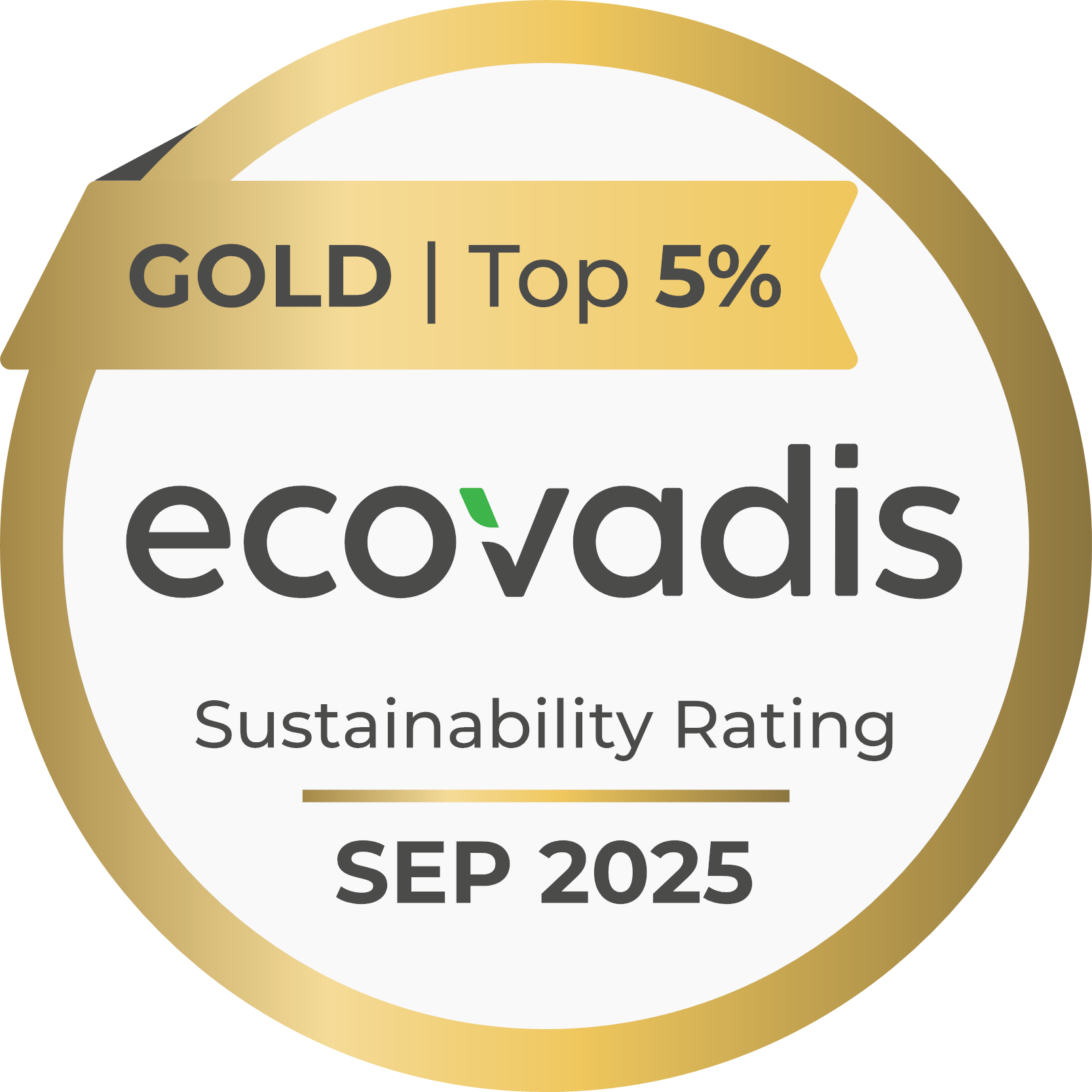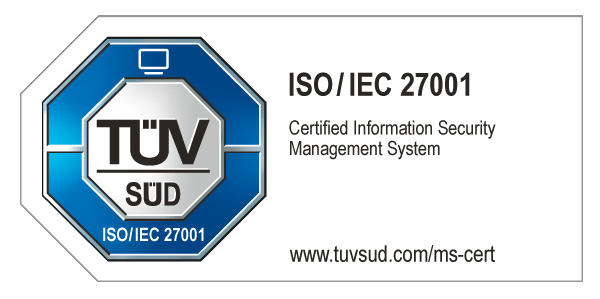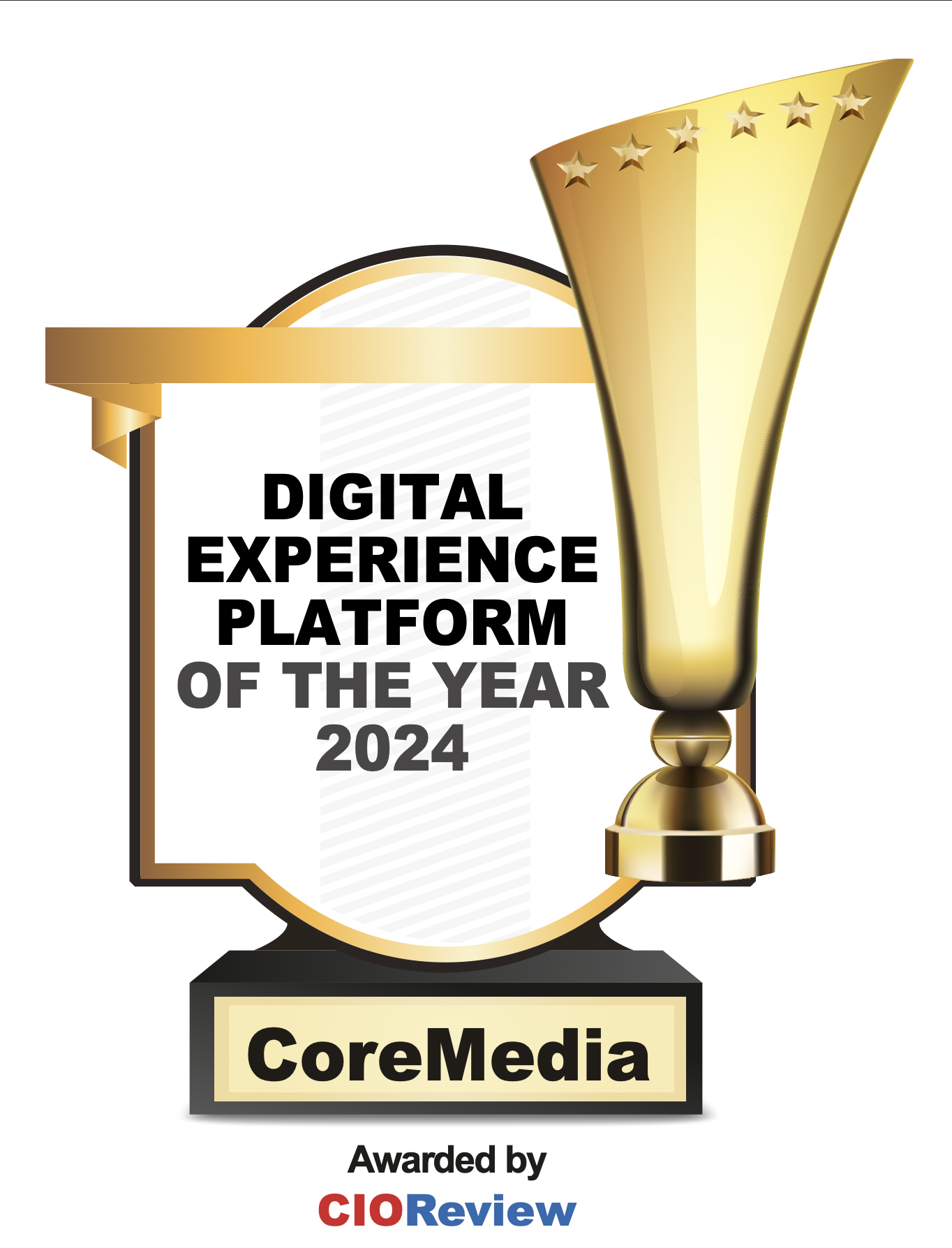"Content is King" is a popular Bill Gates quote from 1996. Recently, I stumbled across an interesting article. It claimed that this quote is outdated and that you can replace content with contact: "Contact is King". The article dealt with the increasing importance of mobile communication and social media. There, the focus was clearly no longer on content.
I say that's not true. Delivering high-quality content is more important than ever today. How else should and do you want to reach your target group? Of course, the demands placed on content have changed considerably in recent years. It is crucial that professional journalists or technical editors are no longer the only ones who write and publish content. Today, almost everyone produces and publishes content - the social media and the mobile data sector live from this user-generated content.
Since content today is created everywhere and constantly, it is more than worthwhile to establish processes with which high-quality content can be created. Many editorial offices, agencies and companies have feedback loops that editors use to correct basic orthographic or grammatical errors or optimize sentence structure. Nested sentences are one of the most popular stylistic devices in literature (Charles Dickens was known for his long and complicated sentences). But if such word cascades are not chosen according to the target group or if the sentences are simply too long, you may lose your readers. And not only the readers - Google could also be upset. Search engine optimization today contains much more than pure keyword lists. The meta-descriptions must be correct, the content must be up-to-date, defective links are sorted out, etc..
In the public sector, it is becoming even more complex: accessibility will be an essential requirement in the future. Websites must be designed in such a way that they can be understood and used by people with disabilities. (See also W3C Web Content Accessibility Guideline, Version 2.1)
In order to design content creation with the mentioned requirements not only efficiently but also qualitatively high-quality, it is worthwhile to introduce standardized and well documented processes: such as feedback loops. However, they cost time and money, tie up valuable resources and have the additional disadvantage that feedback is usually only received after the content has been generated. For this reason, the trend is now toward tools that automatically optimize content. Siteimprove, for example, offers such a solution that allows you to analyze entire websites - including suggestions for accessibility and search engine optimization. The professional handling of keywords is supplemented with solutions such as Leiki, Dandelion or Imagga. Another example, Acrolinx, excels at spelling, grammar, formulations and the control of a uniform company language – which is an important factor when several authors work together on a website.
It's always good to know that there are solutions for everything in the software world. But I always feel a bit uncomfortable when such offers are spread over numerous programs. It is not really convenient and I believe that software should fulfill all my requirements. So I go on a search or ask friends who really know their stuff: Is there an all-in solution? A solution that integrates everything and still offers me personal feedback? Because this is still very important with all the automation.
Recently I got an exciting tip during my research: CoreMedia Experience Feedback Hub.
While writing, the author receives feedback on her content in order to improve it - automatically or personally from co-authors. All implementations can be completely replaced, extended with additional systems, or omitted. Each customer is free to choose the type of automated feedback he or she uses. It's a bit like a fairy tale: You think and write, and around you there are a lot of hard-working, reliable, diligent, well-trained digital helpers who make sure that you put your thoughts on paper as fluently, professionally and logically as possible.








